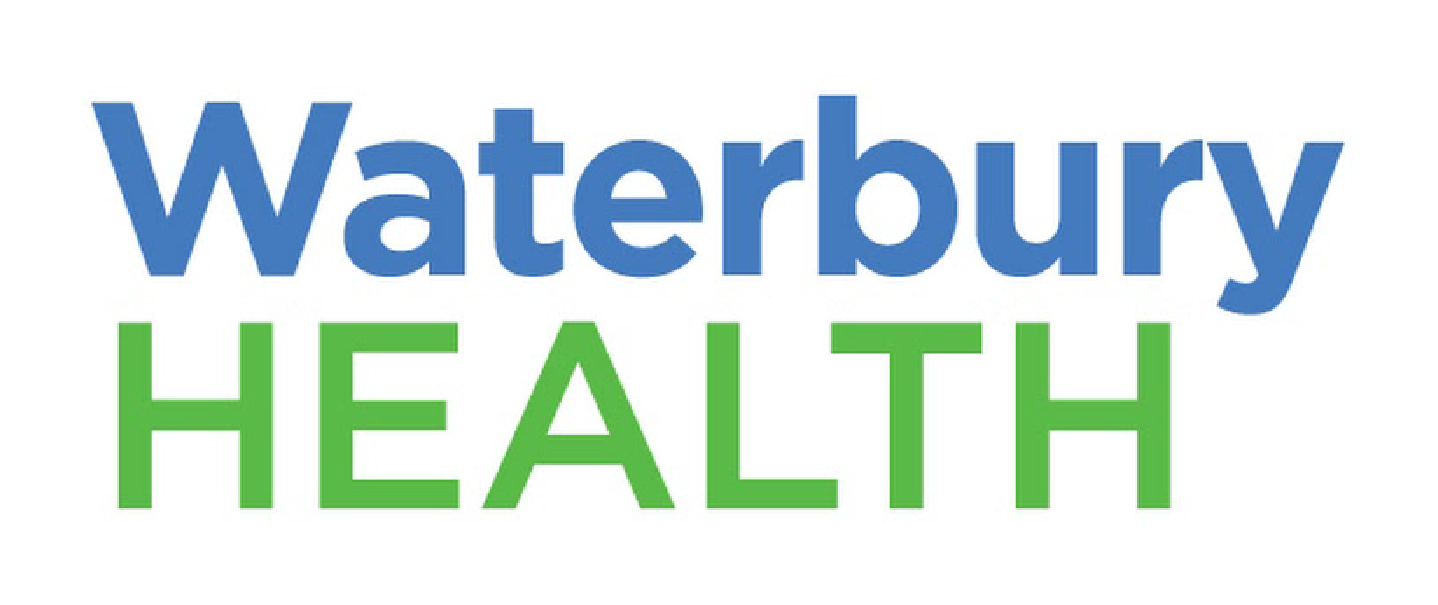Exercise – Make It Part of Your Daily Routine!
This January, many of us will choose exercising regularly as our No. 1 New Year’s resolution.
This is an excellent commitment – and one resolution we should definitely aim to maintain throughout the year! That’s because engaging in regular physical activity is one of the most important lifestyle choices you can make to improve your overall health and well-being.
The benefits of regular exercise are far-reaching. They include everything from helping you maintain a healthy body weight and reducing the risk of developing some diseases to strengthening your bones and muscles and helping keep your thinking, learning, and judgment skills sharp as you age. Moderate-to-vigorous physical activity can also reduce your risk of depression and anxiety and help you sleep better.
For some people, though, sticking to a regular exercise schedule is not always possible. The unpredictable demands of daily life can quickly derail even the best-intentioned workout plans. And for others, let’s face it, exercising may be something that just doesn’t interest them.
Here’s some good news – and some helpful advice – for anyone who feels their lifestyle is preventing them from getting the benefits of regular exercise. It may not be as difficult as it seems!
Exercising – Without Thinking About It
The U.S. Department of Health and Human Services recommends at least 30 to 60 minutes of moderate physical activity per day for every adult.
If that seems daunting to you, you should know that the recommendation generally includes any physical activity that gets your heart rate up. (“Moderate” exercise generally means that you’re breathing hard, but you’re not out of breath, you’re sweating lightly after about 10 minutes of activity, and you can talk, but you can’t sing.) You may be surprised by how many of the routine activities you engage in every day provide an opportunity to get those recommended exercise minutes in – without even thinking about it. Here are a few examples:
- Walk, don’t drive – When feasible, walk to the store rather than drive. While we all love the convenience of being able to jump in our cars to go shopping, some of these trips may be walkable, especially if the store is close to home and you’re not buying a whole week’s worth of groceries. Walking is good aerobic exercise for your heart and lungs. The faster and farther you walk, the more you will benefit from it. Carrying a grocery bag or other purchase home with you will add another level of intensity to your walk. And if you do have to drive, park several blocks away from your destination and walk the rest of the way.
- Take the stairs – If you live or work in a multi-story building, make a point of taking the stairs rather than the elevator. At the mall, choose the stairs over the escalator. Climbing stairs is a great way to strengthen your leg muscles, improve your balance, and boost your cardiovascular system. If you’re looking to lose weight, it can also help you burn off some calories.
- Make those chores count – Everyday tasks like mopping the floor or mowing the lawn offer another opportunity to get some light-to-moderate physical activity into our daily lives. While we may not necessarily equate housework and yardwork with exercising, they usually include physical activities like bending, stooping, lifting and pushing that help build and strengthen muscles, while also raising your heart rate. The more energy and effort you put into your chores, the greater the health benefit.
- Choose a fun activity – If you do have a sedentary lifestyle, one of the best ways to encourage yourself to be more physically active is to look for activities that you enjoy doing, but don’t think of as “exercise.” Hiking, swimming or cycling – either on your own or as part of a group – can be both fun and beneficial to your health. Any physical activity you participate in with a partner, such as dancing, playing tennis, catching a football or kicking a soccer ball around with your child, will get your heart pumping faster. Choose something you want to do – not something you feel you have to do.
Intensity Is Good, Even If Brief
Several research studies in recent years have determined that even relatively short bursts of intense physical activity can lead to significant health benefits.
For example, a study published in December 2022 in Nature Medicine of people who did not exercise regularly but engaged in intense bursts of activity such as speed-walking to work or rapidly climbing stairs for a minute or two approximately three times a day had a much lower risk of dying from cardiovascular disease, cancer, and other diseases compared to people who did not engage in these kinds of brief bursts of vigorous activity.
Remember: Exercising doesn’t have to be something you do according to a fixed schedule. You’re allowed to improvise! Try incorporating it into your daily routine in a way that comes naturally to you.
If you can, push yourself to climb that one flight of stairs a little faster on your way to work. Or pick up the pace a little bit to get your heart rate up while walking to the store. It’s all about maximizing the health benefit to you.
Here's to a happy, healthy 2023!
